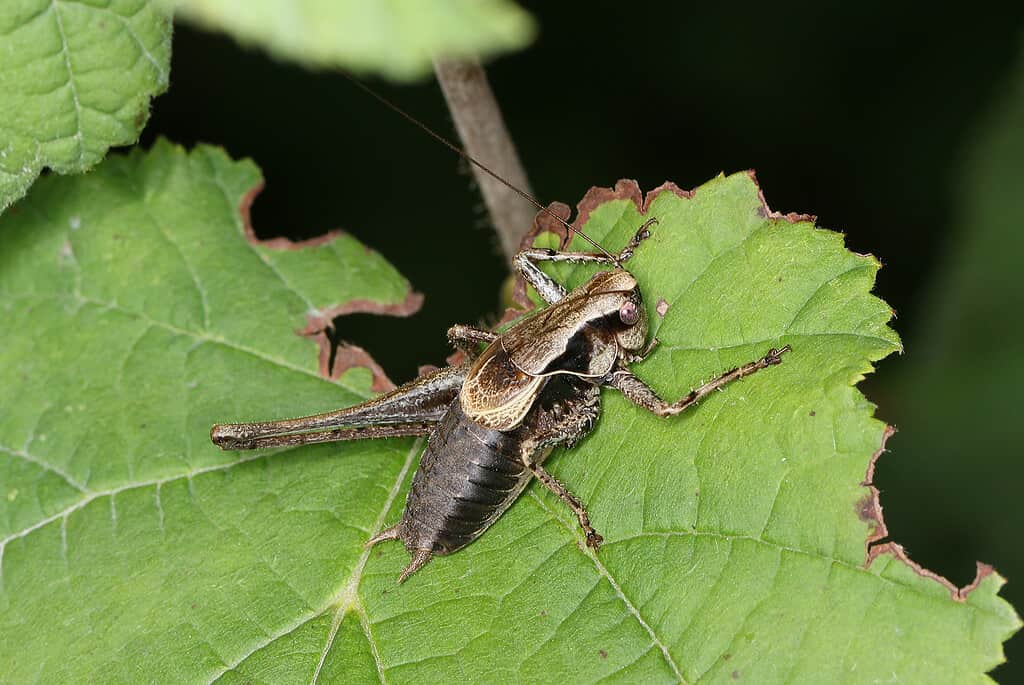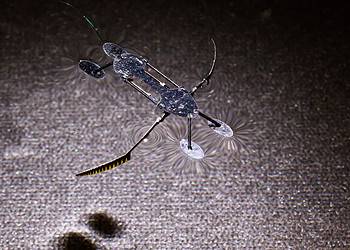Climate change, land-use intensification for agriculture and building development, and the spread of invasive species are working together to bring down insect numbers around the world, a team of international researchers concluded. This means detrimental consequences for ecosystems but it can still be addressed by fast and ambitious action, the team said.

Florian Menzel from Johannes Gutenberg University Mainz, Martin Gossner from the Swiss Federal Institute for Forest, Snow and Landscape Research and Nadja Simons of TU Darmstadt reached out to researchers to collate information on insect decline. This led to a special edition journal with research articles, opinion papers and an editorial.
“As evidence of an ongoing global crash in insect populations increased over the last few years, we decided it was time to edit and publish this special issue. Our aim was not to document insect population declines but to better understand their causes and consequences,” Menzel, also one of the authors of the editorial, said in a statement.
The main drivers
Climate change is influencing the community composition and the population dynamics of insects through changes in average or extreme temperatures, the researchers said. For example, among North American bumblebees, 37 of 46 studied species had greater declines or lower increases in site occupancy under observed temperature changes.
Changes in rainfall patterns can also alter insect population dynamics. For example, ant species that proliferated during the last decades in Denmark were associated with wet habitats, while declines in ant populations occurred in dry, open habitats, studies showed. In the same time span, average and frequency of precipitation had increased in the country.
Insects are ectotherms, which means their metabolism and development are driven by temperature, with warming resulting in faster development rates. However, extreme temperatures outside of a species’ thermal range can also slow development and reduce population growth. This is especially relevant for tropical insects, the researchers said.
Land-use change and land-use identification were also listed as main drivers of insect declines. For example, in German grasslands, fertilization contributed to species loss and an additive homogenization of grasshopper communities. In Denmark, ant communities living in open habitats have declined due to agricultural expansion.
Invasive species are also problematic. These species are brought to an environment that isn’t their natural home and start taking it over, at the detriment of endemic species. Amid increased globalization, invasive species are becoming more and more of a problem. Many invasive species negatively interact with or even displace native species, but impacts on ecosystems can be complex and indirect. In Brazil, for example, invasion of non-native fish caused the decline of freshwater insects.
“We learned that not just land-use intensification, global warming, and the escalating dispersal of invasive species are the main drivers of the global disappearance of insects, but also that these drivers interact with each other,” Menzel said in a statement. “Fewer species means that there are fewer insects capable of pollinating plants and keeping pests in check.”
Addressing the insect crisis
In their editorial, the three researchers suggested a way forward based on their findings. They proposed the creation of a network of interconnected natural reserves so that species can move from one habitat to another. This would allow less heat-tolerant insects to migrate as temperature rises. They also asked for measures to reduce the dispersal of invasive species.
The editorial can be accessed here.






